Springs are a versatile component used in almost every application you can think of. However, due to the variety of roles these vital parts are needed for, there is not a one size fits all solution. Therefore, knowing what different designs are available to pick the best spring for your needs is essential. For example, garter springs have much in common with other spring designs but have particular functions.
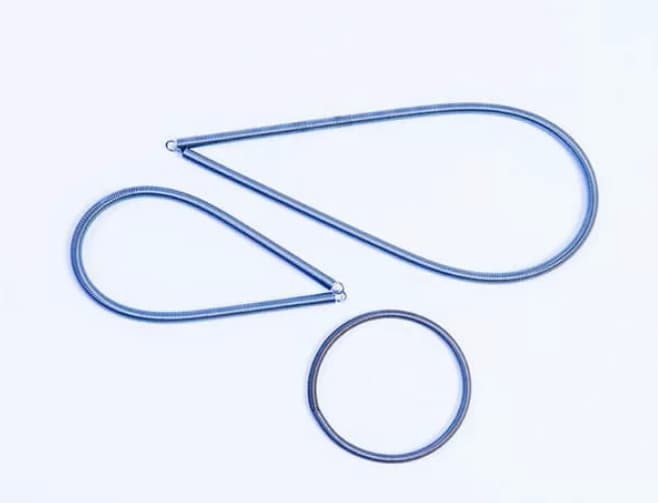
What are Garter Springs?
Garter springs have similarities to a standard spring everyone knows, the helical spring. This repeated spiral of small metal wire is flexible enough that its two ends can be connected to create a circle or the garter. These connected springs work to provide a radial force relevant to their application.
To effectively connect these two ends, there are two ways of achieving this. One is to cone one of the ends to create a nib joint that fits tightly. Alternatively, it may be looped to be hooked on the opposite end instead.
Different Types of Garter Springs
Two main designs are created by spring manufacturers: compression and extension garter springs. The manufacturing processes are similar for both as they both use helical springs and have connected ends to make them circular.
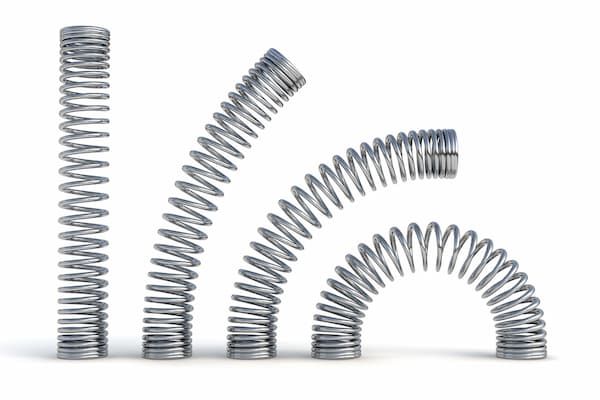
Compression Garter Springs
Compression garter springs use their coiled design to exert a radial force, but when choosing the compression design, you’ll have a force that exerts outwards and away from the centre.
Conventional compression springs are conventionally manufactured with durable metal coils to manage heavy loads, storing this compressed energy to release once the pressure has been removed. The same principle applies to compression garter springs. The garter shape will react to forces applied around its external circumference. Imagine needing a circular object that you need to maintain its shape despite the external interface.
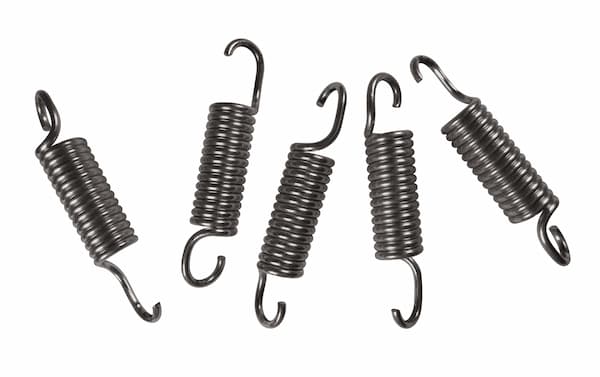
Extension Garter Springs
An extension garter spring works similarly but with an opposing goal, like two sides of the same coin. However, whilst manufactured with similar coiled metal wire, this spring focuses on applying a force toward the centre instead of outwards.
Standard extension springs store energy when they are extended and will retract once the connected pressure is removed. When made into an extension garter spring, it will be used to surround any area of force and limit the effect, and once the pressure is removed, it will return to its smaller designated shape and close the site again. Extension garter springs are more popular as they can operate as a small wire spring effectively.
How Are Garter Springs Manufactured?
As garter spring manufacturers, we have a great deal of experience creating bespoke solutions to suit our client’s needs. We have supplied garter springs pre-assembled into loops or loose in varying lengths of high-quality, durable metal. We offer this because we know how useful this can be for standard weights or diameters as it provides you with the means to cut and assemble these springs into any design you see fit.
Several factors must be considered when designing your garter springs. First, the environment of the spring should be regarded to avoid harmful corrosion. Secondly, garter springs are primarily used as seals. You should ensure your spring design will be the perfect dimensions to fit the relevant seal correctly. Finally, the max force that will be applied will also affect your garter spring design; regardless of your project, you must choose a spring design that can adequately handle any expected forces.
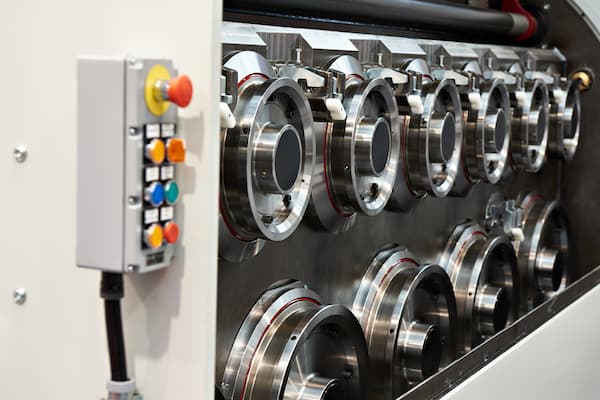
These springs are commonly made from stainless or carbon steel wire to suit their eventual uses. There are many different coatings or platings to choose from to suit your final application. It is sometimes necessary to add protective plating at an additional cost but with the benefit of significantly increasing the component’s lifecycle. Examples of wire plating are zinc, black oxide, nickel, and galvanised wire. Another one to note is electro-plating which will enable you to install a conductive wire that is effective for electrical applications.
At Airedale Springs, we install only the best CNC machines, manned by our experts in all manner of spring design, including Garter springs. Our team will work closely with you to consider your desired specifications, such as size, forces and stresses. We also consider the eventual application and the environmental conditions under which the springs will be used. For example, our longest lengths of up to 3 meters will be supplied in protective packaging to help reduce any potential distortion during transit.
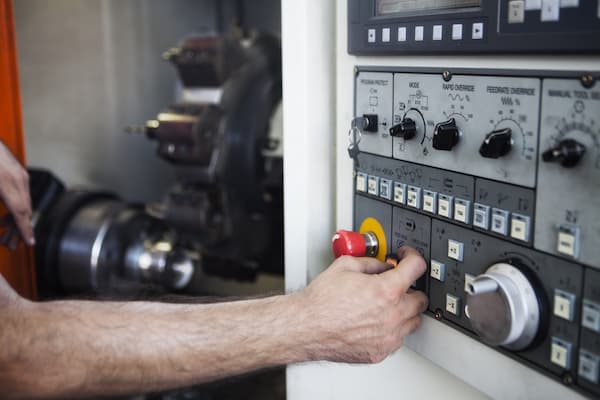
Garter Spring Applications
Garter springs are versatile springs that are often hidden inside their applications. They can be found used in oil and shaft seals to compensate for changes in pressure and temperature. They have also been used for motor drive belts, electrical connectors, and other conveyor systems. This choice of spring for this task is directly related to the previously stated constant radial force that they exert, and this helps provide a pressurised seal around a pipe to prevent any leakage.
So, whether you wish to order a large or small batch of garter springs from us, our team of experts at Airedale Springs offer a consistently high-quality service to create a component for your application that you can genuinely rely upon. You can learn more about our garter springs and our other work as spring manufacturers here.

